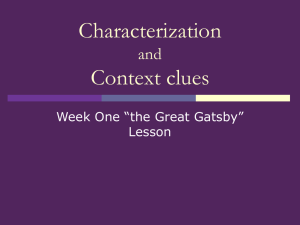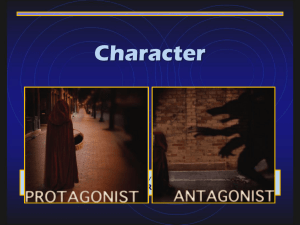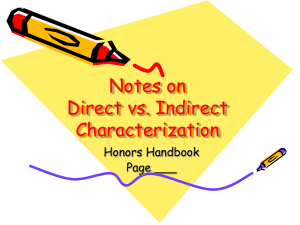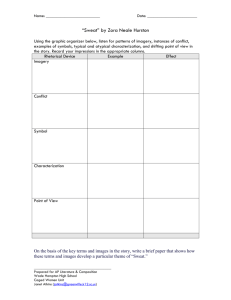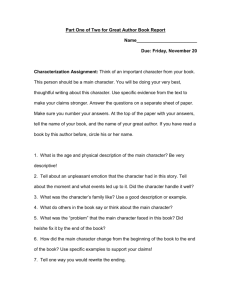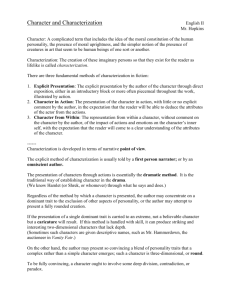Honors CA II - Blue Valley School District
advertisement
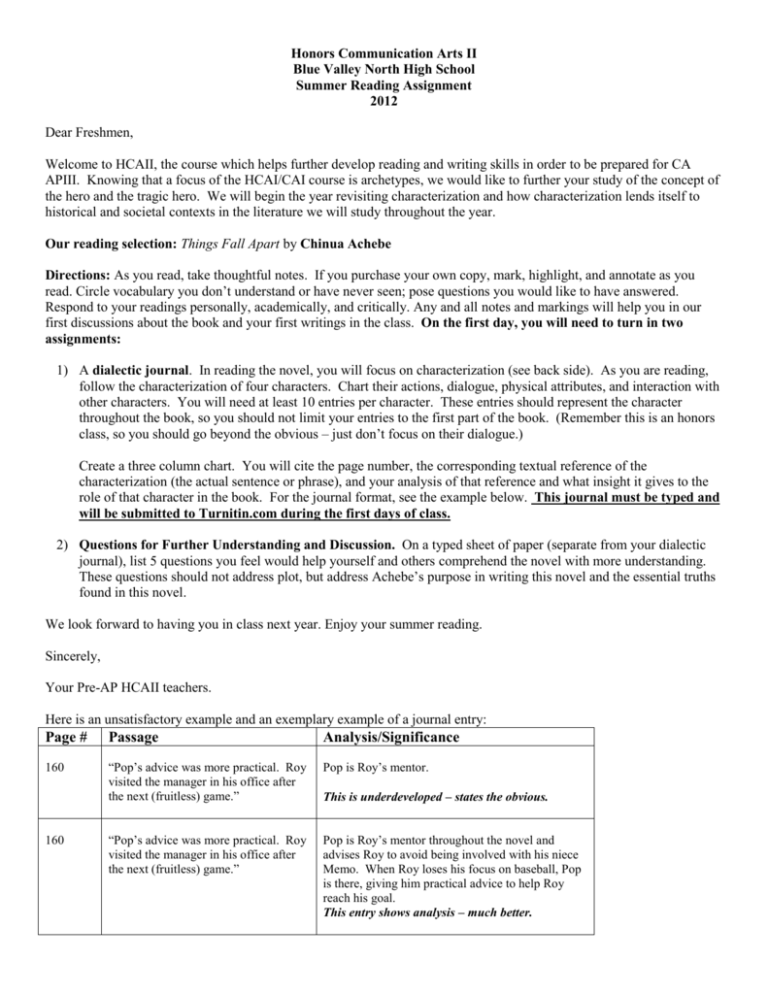
Honors Communication Arts II Blue Valley North High School Summer Reading Assignment 2012 Dear Freshmen, Welcome to HCAII, the course which helps further develop reading and writing skills in order to be prepared for CA APIII. Knowing that a focus of the HCAI/CAI course is archetypes, we would like to further your study of the concept of the hero and the tragic hero. We will begin the year revisiting characterization and how characterization lends itself to historical and societal contexts in the literature we will study throughout the year. Our reading selection: Things Fall Apart by Chinua Achebe Directions: As you read, take thoughtful notes. If you purchase your own copy, mark, highlight, and annotate as you read. Circle vocabulary you don’t understand or have never seen; pose questions you would like to have answered. Respond to your readings personally, academically, and critically. Any and all notes and markings will help you in our first discussions about the book and your first writings in the class. On the first day, you will need to turn in two assignments: 1) A dialectic journal. In reading the novel, you will focus on characterization (see back side). As you are reading, follow the characterization of four characters. Chart their actions, dialogue, physical attributes, and interaction with other characters. You will need at least 10 entries per character. These entries should represent the character throughout the book, so you should not limit your entries to the first part of the book. (Remember this is an honors class, so you should go beyond the obvious – just don’t focus on their dialogue.) Create a three column chart. You will cite the page number, the corresponding textual reference of the characterization (the actual sentence or phrase), and your analysis of that reference and what insight it gives to the role of that character in the book. For the journal format, see the example below. This journal must be typed and will be submitted to Turnitin.com during the first days of class. 2) Questions for Further Understanding and Discussion. On a typed sheet of paper (separate from your dialectic journal), list 5 questions you feel would help yourself and others comprehend the novel with more understanding. These questions should not address plot, but address Achebe’s purpose in writing this novel and the essential truths found in this novel. We look forward to having you in class next year. Enjoy your summer reading. Sincerely, Your Pre-AP HCAII teachers. Here is an unsatisfactory example and an exemplary example of a journal entry: Page # Passage Analysis/Significance 160 “Pop’s advice was more practical. Roy visited the manager in his office after the next (fruitless) game.” Pop is Roy’s mentor. “Pop’s advice was more practical. Roy visited the manager in his office after the next (fruitless) game.” Pop is Roy’s mentor throughout the novel and advises Roy to avoid being involved with his niece Memo. When Roy loses his focus on baseball, Pop is there, giving him practical advice to help Roy reach his goal. This entry shows analysis – much better. 160 This is underdeveloped – states the obvious. Elements of Characterization Characterization is the term we use to discuss the ways an author reveals his or her characters in a work of fiction. Careful readers can not only recognize or list a character’s traits, but can also explain how the author communicates these character qualities. Authors generally reveal characters through either direct characterization or indirect characterization. Direct Characterization tells the reader about the character directly. Example: “The patient boy and quiet girl were both well-mannered and did not disobey their mother.” Explanation: The author is directly telling the reader the personality of these two children. The boy is “patient” and the girl is “quiet.” Both are “well mannered.” Indirect Characterization shows things that reveal the personality of a character. As you read, look for examples indirect characterization in any of the following places: Description Dialogue Thoughts Effect on others toward the character. Actions What does the author directly tell us about the character’s appearance? How do others describe this character? Look for physical descriptors. What does the character say? How does the character speak? Do you have access to a character’s inner thoughts? If so, what do these thoughts suggest about the character? Are these thoughts generally positive? Negative? How do other characters feel or behave around this character, or react to his or her actions or words? What does the character do? How does the character behave? Are the character’s actions brave? Rebellious?



